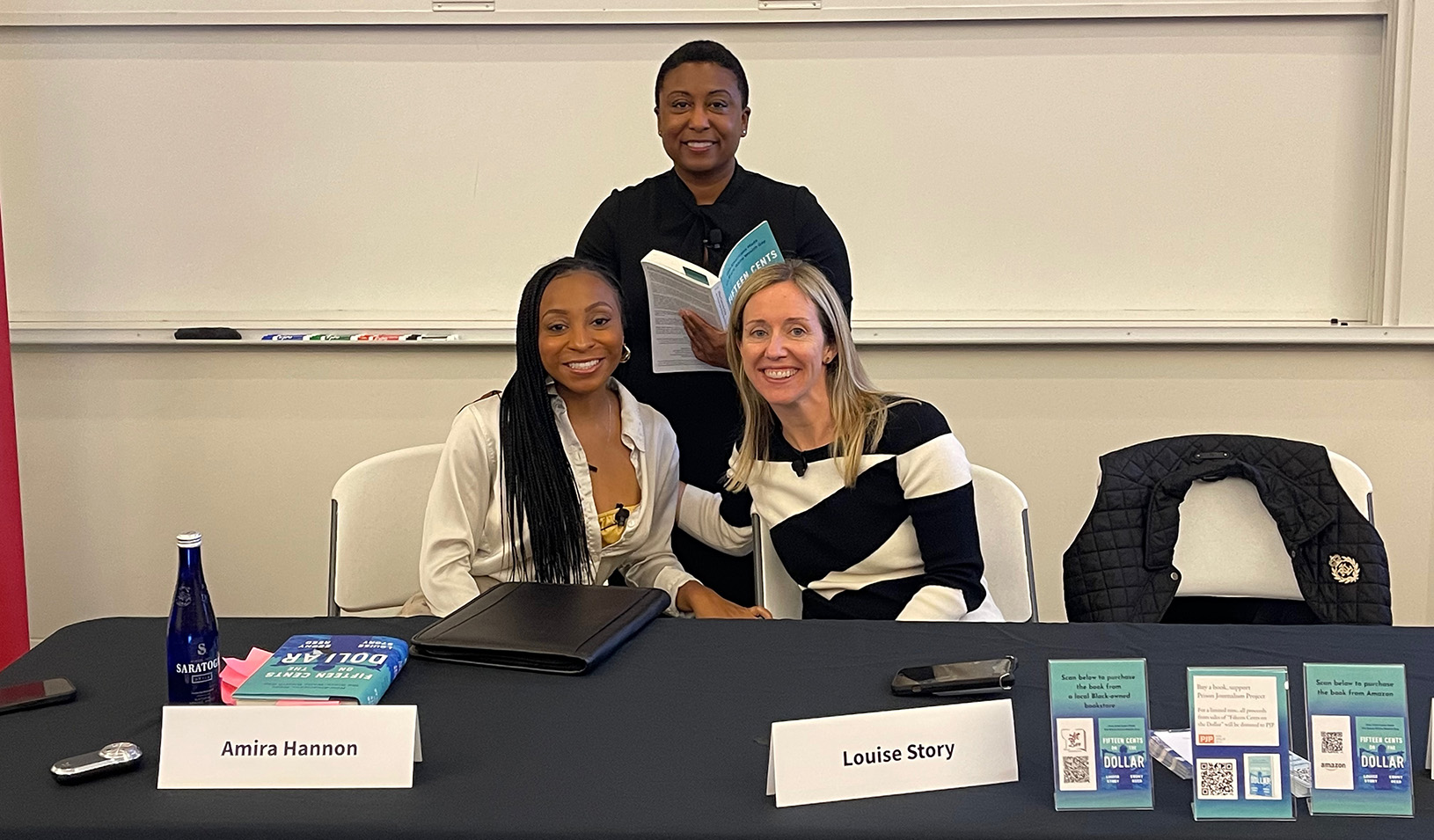

Different types of diversity generate various sorts of conflict, which affects how a team performs.
The study of diversity in the workplace has taken on new importance as changing economics prompt many companies to downsize and restructure themselves into flatter, more decentralized entities. The result is that today’s corporations are built around groups that must find answers to novel and complicated business issues. These teams bring together diverse groups of people who incorporate a variety of backgrounds, ideas, and personalities. To learn more about them, Margaret Neale, who is the John G. McCoy-Banc One Corporation Professor of Organizations and Dispute Resolution at Stanford GSB, and her colleagues have developed a rich body of research on diversity.
People tend to think of diversity as simply demographic, a matter of color, gender, or age. However, groups can be disparate in many ways. Diversity is also based on informational differences, reflecting a person’s education and experience, as well as on values or goals that can influence what one perceives to be the mission of something as small as a single meeting or as large as a whole company. Diversity among employees can create better performance when it comes to out-of-the-ordinary creative tasks such as product development or cracking new markets, and managers have been trying to increase diversity to achieve the benefits of innovation and fresh ideas. Recently, Neale, with Gregory Northcraft of the University of Illinois and Karen Jehn of the University of Pennsylvania’s Wharton School, studied the effects of each kind of diversity on group performance.
“What you don’t see is diversity having a direct performance effect,” says Neale. It turns out that different types of diversity generate various sorts of conflict, which affects how a team performs. “The kind of group conflict that exists and how the team handles the conflict will determine whether this diversity is effective in increasing or reducing performance.”
The researchers found that informational diversity stirred constructive conflict, or debate, around the task at hand. That is, people deliberate about the best course of action. This is the type of conflict that absolutely should be engendered in organizations, says Neale. On the other hand, demographic diversity can sometimes whip up interpersonal conflict. This is the kind of conflict people should fear. “People think, ‘I have a different opinion than you. I don’t like what you do or how you do it. I don’t like you,’” says Neale. “This is what basically can destroy a group.”
The third type of diversity is based on goals and values, and it actually generates both types of conflict. This is the most potentially damaging of all the diversities. Without value-goal homogeneity, a team can accomplish little. But once a team recognizes and accepts a goal, it makes problems easier to deal with because each person knows the intentions of the others are the same.
In their field research, Neale, Northcraft, and Jehn studied a relocation company with work teams. They measured informational diversity and value-goal diversity by surveying employees. They also obtained actual group performance data and supervisor assessments of how various teams were doing in terms of on-time delivery and services rendered. They found that the effects of diversity were more pronounced during complicated tasks that required the interdependent work of several groups. The more teams had to work together, the greater the effects the researchers observed.
Neale and her colleagues have tried to move back and forth between practitioner based field studies and research done in the statistical laboratory, where they can create contexts in which to study various group behaviors. In a related lab study, Neale and professors Katherine Williams, PhD ‘99, and Deborah Gruenfeld of Northwestern’s Kellogg Graduate School of Management and Elizabeth Mannix of Cornell’s Johnson Graduate School of Management looked at the effect social and informational ties had on how groups shared information. They set up groups of three people who were told to solve a murder mystery. In each group two members were social friends. The third member was a stranger. In half the groups, the friends had a common piece of information and the stranger was given a piece of unique information essential to solving the problem. In the other groups, one friend and one stranger had common information, while the other friend had the unique information. Which group was more likely to share information more effectively?
The groups with two friends having common information and the stranger with unique information did the most productive information sharing. “Our best guess is that the two friends know each other and expect that they have similar information because of their mutual experience,” says Neale. A stranger knows he or she is different and is more likely to share unique information. In groups where one of the friends had the special information, the friend suppressed the informational difference in order to keep social ties intact, researchers speculate.
For media inquiries, visit the Newsroom.






